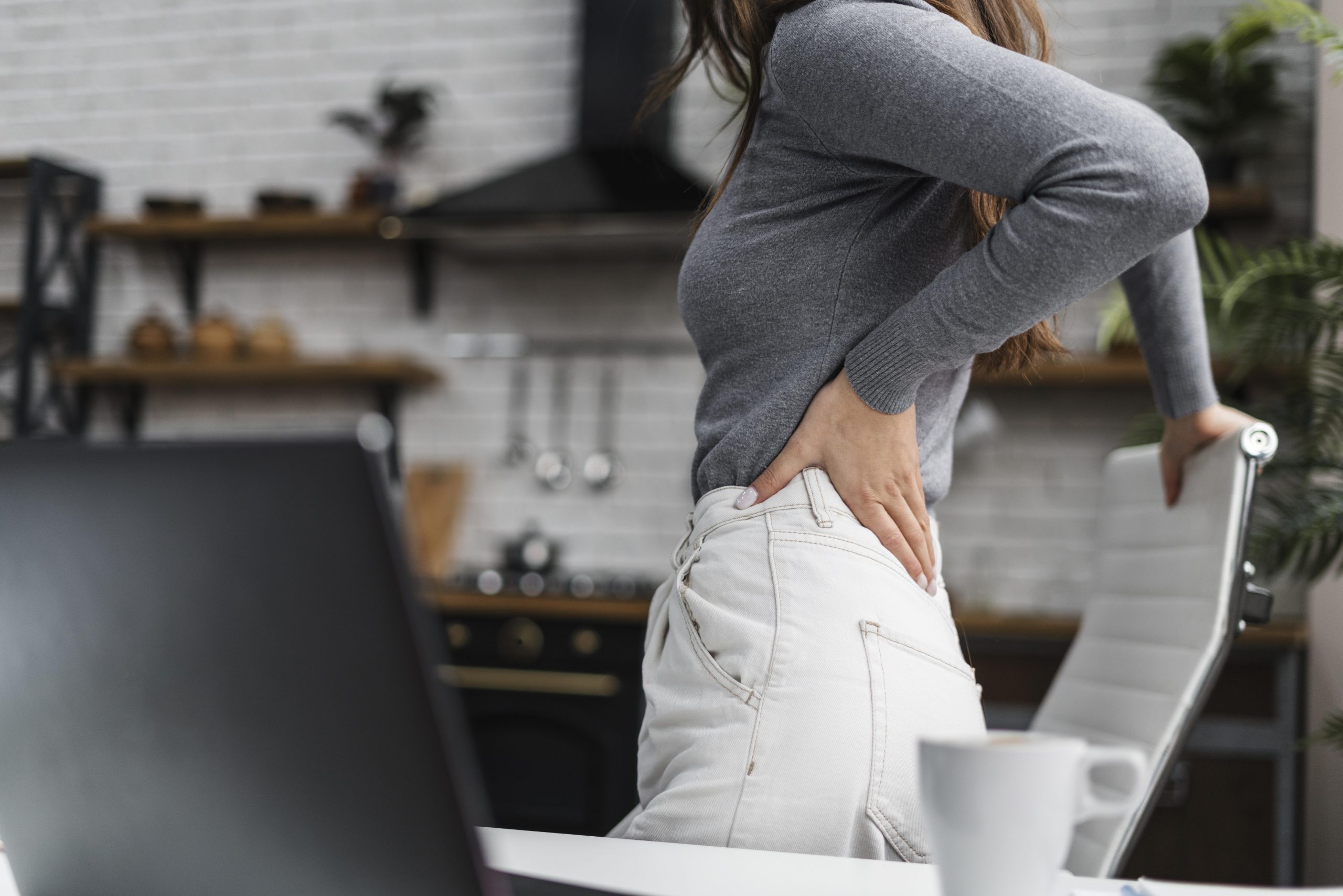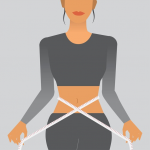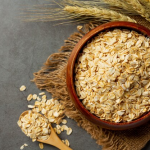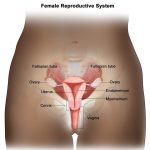Introduction
Lower back pain, also referred to as lumbago, affects 1 in 5 people at some point in their lives. In most cases, the pain can last from a few days to a few weeks, but in some cases it can last longer and recur. Back pain can come on suddenly and be severe (acute), or it can develop over time and cause more long-term problems (chronic).
The back is a complex structure consisting of 24 bones (the spine) surrounded by shock-absorbing discs (intervertebral discs), ligaments holding the spine and discs together, tendons connecting muscles to the spine, spinal cord and nerves and muscles.
The lower back, the lumbar region, consists of 5 vertebrae called L1 to L5. This area bears the full weight of the upper body (plus any weight carried) and is also under constant stress, especially when bending, twisting and rising.
The complex nature of the lower back means that even very minor damage to any structure of the back can cause a lot of pain and discomfort. Pain in the lower back is a sign of pressure on ligaments, tendons, discs or muscles.
In most cases, the back will heal on its own, but in severe and persistent cases it is necessary to seek medical attention to ensure an accurate diagnosis and appropriate treatment.
Causes
Most lower back pain is referred to as ‘general’ because it is not caused by serious injury or illness, but by sprains, muscle strain, minor injuries, pinched nerves or irritation. It can also occur during pregnancy or due to stress, viral infection, kidney infection or sleep disturbance.
Back pain can also be caused by everyday activities such as improper bending, lifting, twisting, coughing, sneezing, muscle strain, overstretching or driving for long periods without a break. Accidents (including concussion) at home, at work or while driving are also major causes.
The most common form of severe back pain occurs when one or more spinal discs rupture or bulge and the inner jelly-like tissue (nucleus pulposus) presses on the nerve roots or spinal cord that run alongside the disc. This is commonly known as a ‘slipped disc’, but it is more accurate to call it a ‘bulging disc’ or a ‘herniated disc’, because the disc bulge leaks rather than slips, causing back pain as well as pain in the buttocks, thighs and legs due to irritation of the sciatic nerves. Discs often dry out and degenerate with age or after an injury. This makes the discs less flexible and unable to protect the spine as they used to, which is the most common cause of pain and stiffness in older people, especially in the morning (in combination with osteoporosis).
Persistent lower back pain can also be caused by congenital spinal defects, bone diseases, tumors, pelvic inflammatory diseases, congenital defects and a number of other rare conditions such as prostate.
Diagnosis
Diagnosis is based on symptoms and physical examination. X-rays, computed tomography scans (CT or CAT scans) or magnetic resonance imaging scans (MRI) may be recommended to provide more accurate information about suspected disc problems.
Treatment
Recommended treatments for the lower back include:
- using anti-inflammatory medicines and strong painkillers (consult your doctor or pharmacist first);
- continue with your usual activities as much as possible;
- treatment by an experienced osteopath, chiropractor, physiotherapist or acupuncturist may help, but studies have shown that advice to keep moving can be as helpful as a course of physiotherapy for mild pain
- exercise to strengthen muscles and improve body posture;
- warm application (heating pad or hot shower) to relieve muscle pain after a few days;
- ultrasound can help reduce inflammation. In a few severe cases, surgical interventions such as microdiscectomy, which involves repairing the ruptured or protruding disc, may be recommended.
Prevention of the disease
To avoid back pain, you should minimize intense pressure and strain on your back and ensure that your back is strong and flexible. In addition, the following recommendations are also valid for patients with recurrent back pain in certain periods
- getting rid of excess weight,
- doing strengthening exercises to develop the muscles of the back and stomach,
- adopt a good body posture,
- to provide a suitable bed and mattress,
- correct handling and lifting when carrying heavy objects,
- avoid sudden exertion of force or muscle strain,
- reduce or try to reduce stress, anxiety and blood pressure, and
- regular exercise (walking, swimming and stretching can be good for people with back pain).
Important Notice …The information used on kemerhealth.com is not a substitute for consulting a physician or pharmacist. Our site does not aim to replace your doctor or pharmacist. Our site is not under legal responsibility for misunderstanding the information and the problems that may arise due to this. For a real diagnosis and treatment, the patient and the doctor must come face to face. The use of the information provided on this site is the sole responsibility of the user.









